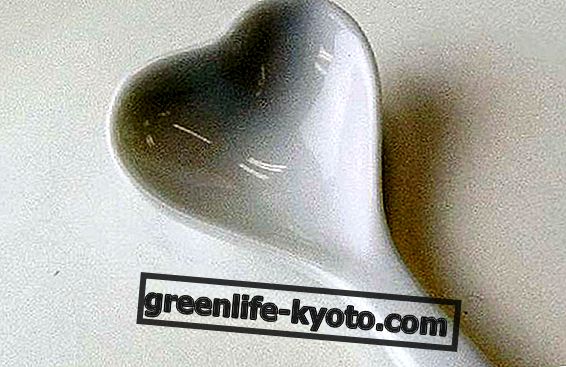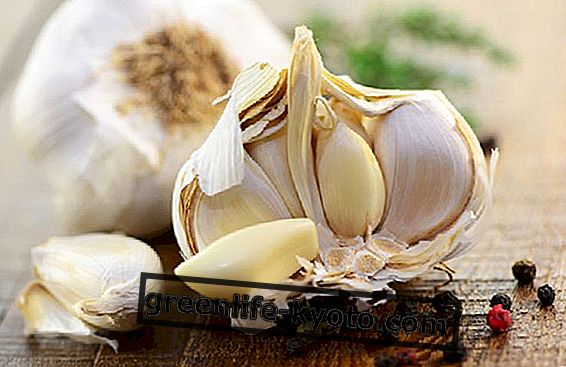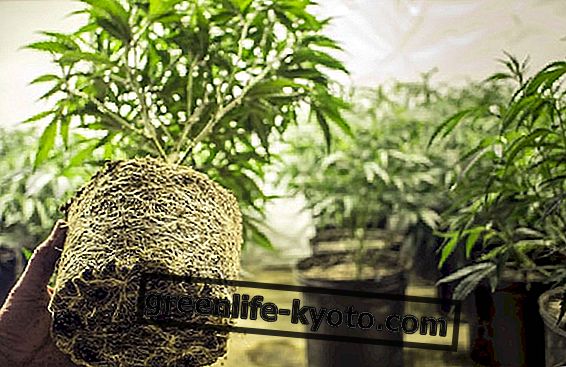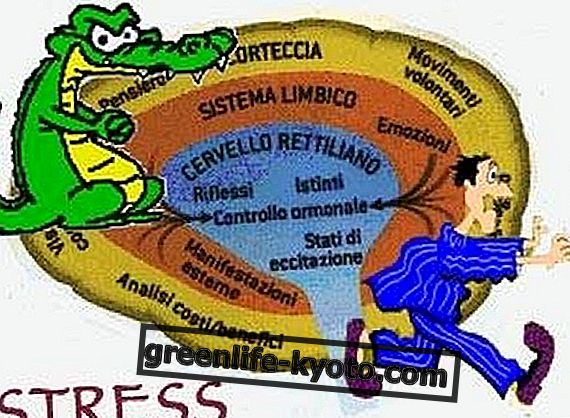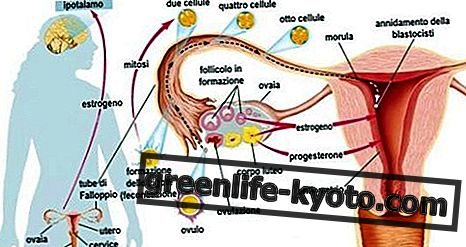
There are fascinating theories, moreover very reliable, according to which a great evolutionary push for the mind of primates towards the present complex human form has been given by the use, voluntary or not, of substances that today we define as psychedelic, or entheogenic, vulgarly called drugs with purely derogatory tones.
What do we mean by drugs? Scientifically speaking, all substances with pharmacological actions are called drugs, so all medicines should be considered drugs.
More commonly, we mean the substances that temporarily alter sensory perception and psychic functions, but according to this definition also coffee and, if we also include techniques, meditation will be drugs.
Finally many think that drugs are the substances that we hurt in some way to health, and according to this definition even refined or synthetic sugars would be drugs.
The other two terms are more revealing: psychedelic means in fact "to show the psyche", that is to reveal the soul, while entheogen means "able to generate the inner divinity" .
These two definitions do justice to some substances linked to some psychic processes that we find also in lucid dreams and spiritual experiences .
States of consciousness and concept of time
The list of substances that falls into this category is enormous, and many of these are considered illegal in Italy (not in other countries), while others, such as Calea zacatechichi or melatonin in drops are perfectly legal and can be purchased.
Much more interesting than the single substances is to try to understand which are the parallels between the experiences experimented during lucid dreams (spontaneous or induced) and the use of psychedelics or entheogens.
During the lucid dream we experience an extension of consciousness, at the same time conscious, at least partially, of both the waking and the dreamy personality.
Dream-experiences can occur in different levels of consciousness, some obscure and subconscious, linked to past impressions, not necessarily personal but also collective, others luminous if not enlightened, levels of superconscious awareness descending from a sort of potential superpersonality that some call soul .
This extension of consciousness that makes the dream lucid and controlled also has a kind of relationship with time: if the waking ego is confined to the present and past and future, it has only memories and suppositions, the subconscious and superconscious levels succeed in some way to transcend the present moment and to relate with past and future in a concrete and constructive way.
Everything is one
We have mentioned another characteristic of lucid dreams: control. Controlling the dream is generally the second step after becoming aware of being dreaming .
How can the surrounding environment be controlled? Realizing that it is the surrounding environment as much as the personality it contains .
This amniotic paradox is also very common in psychedelic experiences and spiritual experiences, a sort of objective interconnection with the fabric of reality, the famous " all is one " of Asian cultures.
Everything becomes extended, porous, penetrable and objects and subjects merge. Identity and identifying capacity are strengthened and everything can be known from within, by identification, and not by reflection, deduction, experimentation from the outside.
The dissolution of the ego
This experience of unity is linked to another very interesting phenomenon, known among psychonauts as "ego-death", or dissolution of the ego .
When the consciousness loses its usual perimeters of the form and is reflected in the objects, in the subjects and in the space that contains them, the structure of the ego dissolves temporarily, which sometimes can be too intense and unmanageable for some.
This loss of one's subjective identity is found in many mystical traditions and is one of the key experiences for the evolution of one's inner self .
It is one of the ways to test transcendence, an inexpressible and restorative condition which, according to the yogic culture, is exactly the reason why we sleep : temporarily reconnecting to that source able to guide our evolutionary growth: Satchitananda .








